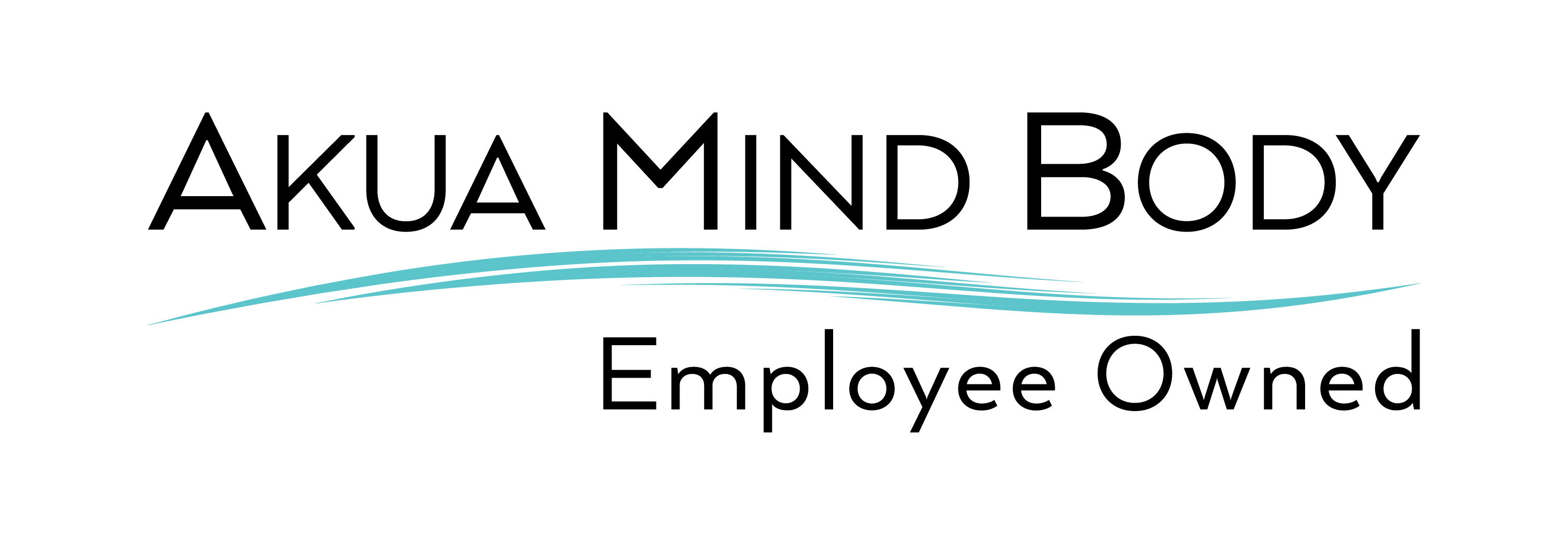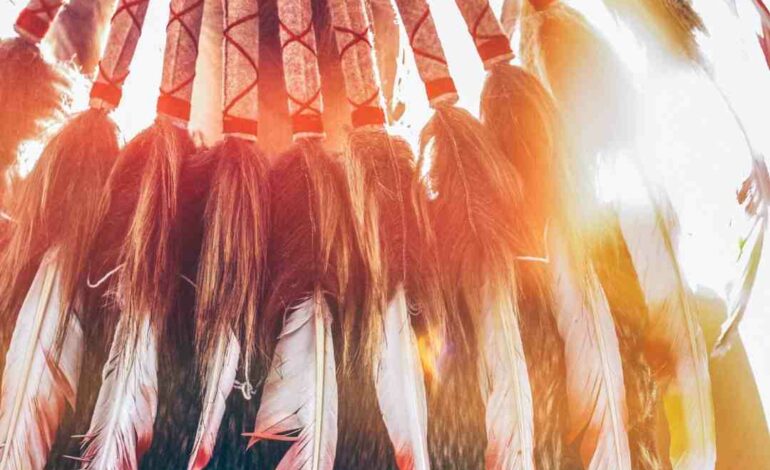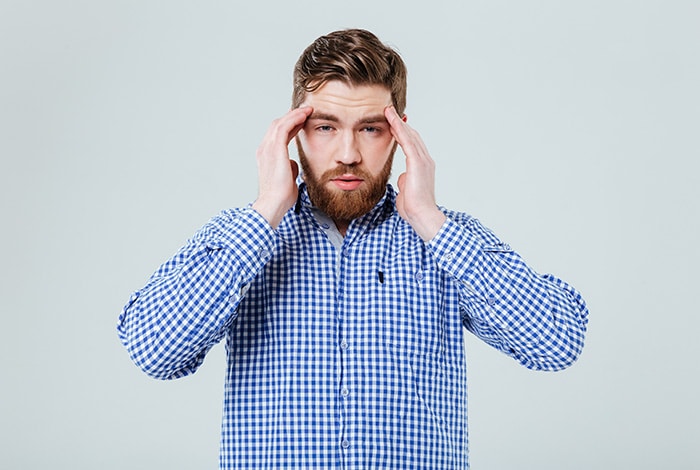“Protect our Elders, and they will pass their knowledge and wisdom to our Children. Protect our Women, and they will love, support, and educate our Children. Protect our Children, and they will continue to carry on Tribal traditions, customs, language, and help establish equality and justice for all Tribes”.
– California Tribal Chairpersons Association (CTCA) Board Member Chairman Russell “Buster” Atteberry.
September 23rd is California Native American Day. This day began in 1939 by Governor Gulbert Olson, and was initially coined “Indian Day” and appropriately evolved into California Native American Day in 1968 after Governor Ronald Regan and California Tribal Leaders de-stigmatized the name of this important day. The day is considered a time-honored tradition in the California Native American community. With over forty groups seeking to be federally recognized tribes, California has the second-largest Native American population in the United States. California Native American Day is a time to celebrate and learn more about the distinctive cultures of the Native American people who are indigenous to California. It is a holiday celebrating Native American Heritage and the triumphs and struggles of Indigenous People.
It is estimated that there are a little over 5.5 million Native Americans living in the United States, compromising 1.7% of the U.S. total population. While this indigenous group accounts for a small fraction of the entire U.S. population, they experience higher rates of substance abuse compared to other racial and ethnic groups in the United States.
Although statistics for drug misuse and abuse among Native Americans living in California are not currently available, there are numbers that show high rates of drug misuse among adolescents and adults in the Native American population.
Statistics on Native American Substance Misuse
The 2018 National Survey on Drug Use and Health (NSDUH) includes statistics on substance abuse and misuse among the Native American population:
- 10% of Native Americans have a substance use disorder.
- Native Americans are more likely to report drug abuse in the past month (17.4%) or year (28.5%) than any other ethnic group.
- 1% of Native Americans have an alcohol use disorder.
- Nearly 25% of Native Americans report binge drinking in the past month.
- Native Americans have the highest methamphetamine abuse rates, including past month’s use at more than three times the rate of any other group.
- Approximately 4 in 10 Native American adolescents (aged 12-17 years) have a lifetime prevalence of illicit drug use.
- Native American adolescents have the highest rates of lifetime tobacco product use, marijuana use, nonmedical use of pain relievers, and nonmedical use of prescription-type psychotherapeutics.
Risk Factors for Substance Use Among the Native American Population
So why does the Native American population have a higher rate of substance misuse and abuse compared to other populations? There are many risk factors that predispose the Native American population to abuse drugs and alcohol. Some of these include:
- Historical intergenerational trauma: Intergenerational trauma is defined as “The intergenerational and unconscious grief from the historical trauma experienced by Indigenous peoples is passed from generation to generation due to forced relocation, land dispossession, and loss of spiritual practices, language, and culture.” When these traumas are not identified and addressed, the indigenous population becomes at risk of developing depression, PTSD, anxiety, substance abuse, and suicidal tendencies, all outward manifestations of intergenerational trauma and unresolved historical grief. To read more about intergenerational trauma among indigenous people, click here.
- Violence (high levels of gang violence, domestic violence, and sexual assault).
- Poverty
- Adverse childhood events.
- High levels of unemployment.
- Discrimination and racism
- Lack of health insurance.
- Low levels of attained education.
Barriers To Substance Abuse Treatment Among the Native American Population
According to studies, one in eight indigenous adult people needing treatment for a substance use disorder receives treatment in a specialized facility, a rate comparable to the national average for all other populations. However, the Native American communities’ health services receive a significantly lower per capita spending budget compared to health services in the rest of the United States, resulting in not enough treatment resources to combat the widespread addiction epidemic on reservations. Additionally, Native Americans are faced with unique treatment barriers that often differ from those faced by the general population in the United States. These unique treatment barriers include geographical remoteness (usually, reservations are far away from metropolitan areas), poverty, poor or no reliable transportation, and a shortage of qualified providers within distance.
Due to their history of oppression and intergenerational trauma, Native Americans may often harbor mistrust towards institutionalized sources of care such as evidence-based addiction treatment centers. Many Native Americans question the utility of westernized approaches to medical care, including addiction treatment, and, as a result, rely on traditional, indigenous healing approaches exclusively. There are many concerns regarding cultural appropriateness and applicability to the American Native populations, which are rarely included in addiction treatment research efforts.
- Do these treatment centers have the knowledge and resources to address this oppression?
- Do these treatment centers have Native American addiction counselors?
- Do these treatment centers have culturally appropriate settings and standards for the Native American population?
AKUA Mind and Body Treatment
AKUA Mind and Body is a full-service treatment program that offers a wide range of “east meets west” treatment modalities for many different populations struggling with mental health and substance use disorders. AKUA makes your recovery a priority. AKUA Mind and Body treats co-occurring disorders and works diligently with each client and their family to ensure that treatment is specifically tailored to their needs and not just their disorder.
AKUA Mind and Body offers detoxification, intensive treatment programs, and outpatient treatment programs. AKUA Mind and Body uses a blend of holistic approaches combined with evidence-based treatment to help individuals who have been affected by substance use and mental health disorders recognize their underlying triggers and develop healthy coping skills. Regardless of where you are in your recovery process, AKUA Mind and Body can help.




